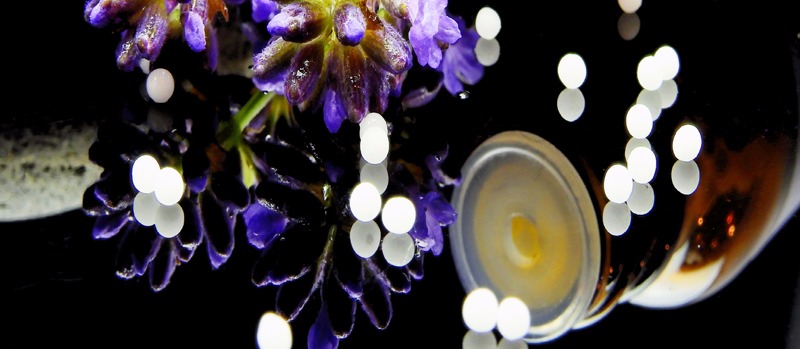Did you know that in 1922, when King Tut’s tomb was opened, 350 liters of oils were discovered in alabaster jars? Plant waxes had solidified into a thickened residue around the inside of the container openings, leaving the liquefied oil in excellent condition.
Essential oils are organic compounds extracted from plants with limitless healing properties. Utilizing essential oils for healing purposes is known as aromatherapy — a holistic treatment seeking to improve physical, mental and emotional health.
Dr. Gary Young — the creator of Raindrop — a full-service day spa and holistic center in Ontario, Canada, originated in the 1980s with a mission to initiate a world standard on treatment options for pain relief. He handpicked a small group of distributors already teaching the RAINDROP TECHNIQUE from around the world to continue representing, teaching and certifying according to his new standard of healing.
He was always fascinated by history and rightfully so.
“According to ancient Egyptian hieroglyphs, priests and alchemists were using essential oils thousands of years ago to heal the sick and for many spiritual rituals. The Egyptians believed that the sense of smell and the ability to detect odors was the most important of the sensory abilities,” Dr. Young went on.
“Why? Because they knew that the inhalation of essential oils can increase one’s frequency affect the Pineal gland — the Divine connector to enlightenment — thereby leading to the transformation of negative energy.”
Modern Research Proves Ancient Knowledge
The Founder of the Canadian Federal Approved Institution — Institute of Energy Wellness Studies, Dr. Sabina DeVita explained that in a study conducted by researchers at the University of Miami Medical School in Florida subjected 40 adults to three minutes of exposure from aromas derived from lavender and rosemary. They measured brain wave activity using electroencephalograms (EEGs). In addition, they monitored the alertness and mood of the test subjects.
“The results showed that both aromas significantly reduced anxiety, increased mental accuracy and improved mental performance (as determined by computational tests). Lavender resulted in a marked improvement in depressed mood, even while it exerted relaxing effects (indicated by increased frontal lobe alpha waves),” said DeVita.
Today, aromatherapy has a variety of health benefits and can be used in various settings. It is a great non-invasive way to treat a variety of medical conditions and can be used safely in combination with many other therapies.
Dr. Josh Axe, is a certified doctor of natural medicine, doctor of chiropractic and clinical nutritionist with a passion for helping people get healthy by using food as medicine. In 2008, he started Exodus Health Center, which grew to become one of the largest functional medicine clinics in the world.
His life mission is to provide you and your family with the highest quality nutrition tips, healthy recipes, and alternatives to invasive treatment. Dr. Axe has dedicated his work to find out how essentials oils can help relieve certain back pain symptoms, which makes him an expert in all things essential oils.
Just adding some of the most common essential oils like lavender, frankincense, lemon, peppermint and tea tree oil to your natural medicine cabinet may:
- Fight cold and flu symptoms
- Relax your body and soothe sore muscles
- Heal skin conditions
- Alleviate pain
- Balance hormones
- Improve digestion
- Reduce cellulite and wrinkles
- Clean your home
- Used in homemade personal care products
When BackerNation read about Dr. Axe and his recommendations on what essential oils can help relieve your back pain and other symptoms, we had to tell you. So we put together a comprehensive list — depending on your back pain needs and other related discomforts — with the matching essential oil.
Chamomile (Roman & German)
The all-purpose essential oil, chamomile works on nearly every ache and pain. Why you ask? That is because it is both analgesic and anti-inflammatory as well as an antioxidant and antispasmodic. Will help with muscle pain and spasms, arthritis, headaches, stress tension, PMS, digestive pain and more.
Clary Sage
Not to be confused with regular “Sage”, this is a particularly potent essential oil – it is mildly intoxicating and euphoric (so use in small doses). Clary sage has calming and soothing properties as well as an anti-inflammatory and antispasmodic. Will help with muscle tension and spasms, and PMS. Used best when blended with chamomile.
Helichrysum
Multi-purpose though less potent than Chamomile, Helichrysum is anti-inflammatory, analgesic and antispasmodic. Will help with arthritis, sciatica, bruises, tendonitis, tissue pain, and detoxification.
Lavender
One of the only essential oils that can be applied undiluted to the skin. It is both an anti-inflammatory and a sedative (which will relax while it reduces swelling). Will help with muscle tension, spasms, joint pain, headaches, and tendinitis.
Peppermint
Soothing and cooling, the fragrant peppermint is the perfect pain-reliever. It is both anti-inflammatory and analgesic. Will help with muscles and joint pain, headaches, arthritis, rheumatism, and tendinitis.
Sweet Marjoram
Too much of this one could put you to sleep, so use in small doses (increase incrementally until you are pain-free but still awake). It is an analgesic as well as a powerful sedative. Will help with tension, muscle pain, stiffness, rheumatism, arthritis, headaches, and tendinitis.
Wintergreen
This lovely essential oil contains the same root component as aspirin – salicylate – and has cortisone-like properties. It is analgesic, anti-inflammatory and antispasmodic. Will help with arthritis, rheumatism, tendinitis, muscle aches, and pain.
Rose
Incredible for reducing skin inflammation and great for creating glowing skin. Add a few drops to your facial moisturizer.
Tea Tree Oil (Melaleuca)
It’s a natural antibacterial, anti-fungal, reduces bad odors and can help stimulate the immune system.
Ginger
Something as simple as ginger reduces inflammation, supports joints, improves digestion and even relieves nausea. It’s one of the most popular herbal remedies and is recommended for rheumatic conditions.
Who knew something used for thousands of years would hold up in today’s modern world? Apparently, the Egyptians did, but what do you guys think?
Originally published at backernation.com


